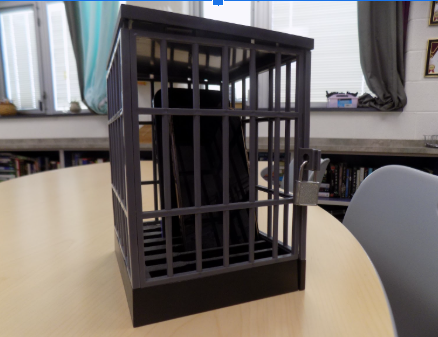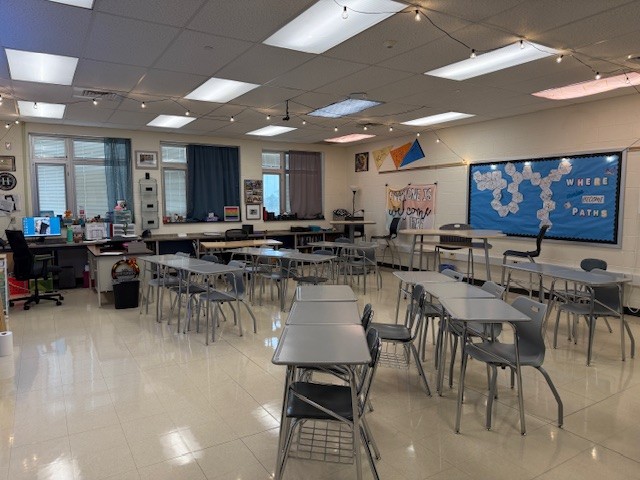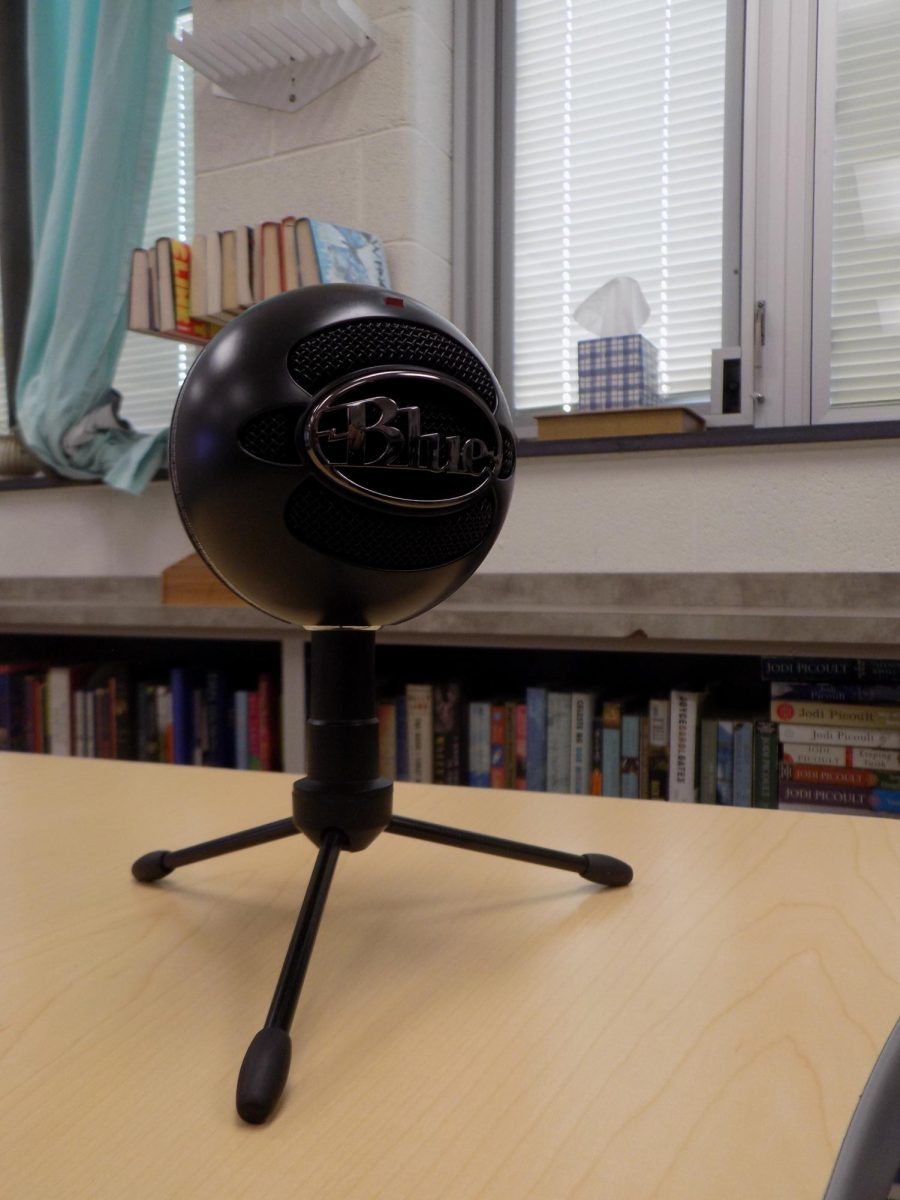Collective punishment at its core is when a group is punished for the actions of one or a few. It is guaranteed that everyone has experienced it in one way or another. Someone in an elementary school class did something bad, and now everyone has you all had to go without recess. Wasn’t that terrible? Well, as it happens, collective punishment has been found to be nothing but bad in the classroom all the way from K to 12. Thanks to several studies conducted by government organizations and just concerned groups with blogs, the general consensus is that it only alienates students instead of the desired effect of having a sense of group responsibility. Most imagine that the original hope was that everyone would uplift each other into not doing anything bad, but it has been misused to the point that all it does is make is that it makes people hate the person who caused them all to get punished.
Collective punishment in schools also doesn’t prepare people for their adult lives. Imagine missing a deadline at an office job and now everyone on the floor loses their lunch break? Sounds ridiculous, right? That’s because it is. Collective punishment and the idea of anything similar in schools is just a way for the authority figure in the building to go on a power trip or for green teachers to take the easy way to control a classroom. A specific study conducted by Sarah Thomas, Caroline Kelsey, and Amrisha Valsh placed groups of different age ranges into different punishment settings, including a baseline where everyone committed a wrong and was punished, collective where everyone was punished for the wrongdoings of one person, and targeted where only the person that committed the wrong was punished. Consistently, the kids were less likely to provide materials to and cooperate with the teacher who used collective punishment. After the study, the researchers mused that the tactic of collective punishment is used to take the load off of the teacher’s shoulders and puts some on the students to pressure their peers into not acting out. This proves it is only a cop-out tactic when teachers don’t know what to do. On top of that, the study had shown that collective punishment does little more than build resentment between students and their non-behaving peers, but also builds resentment between students and teachers.
Another effect that has only been touched on rarely is the possibility of good students acting out because of “what’s the point of being a good student if we all get punished anyway” being a common thought among students in classrooms with this type of punishment. At the end of the day, one must wonder: If one or a few people did something wrong, why are staff causing unnecessary resentment when they could just limit it to those that actually did something wrong?
Instead of assuming that 5 year-olds can be responsible for the actions of others, punishment should be solely doled out on the wrongdoer, not the people around them.




